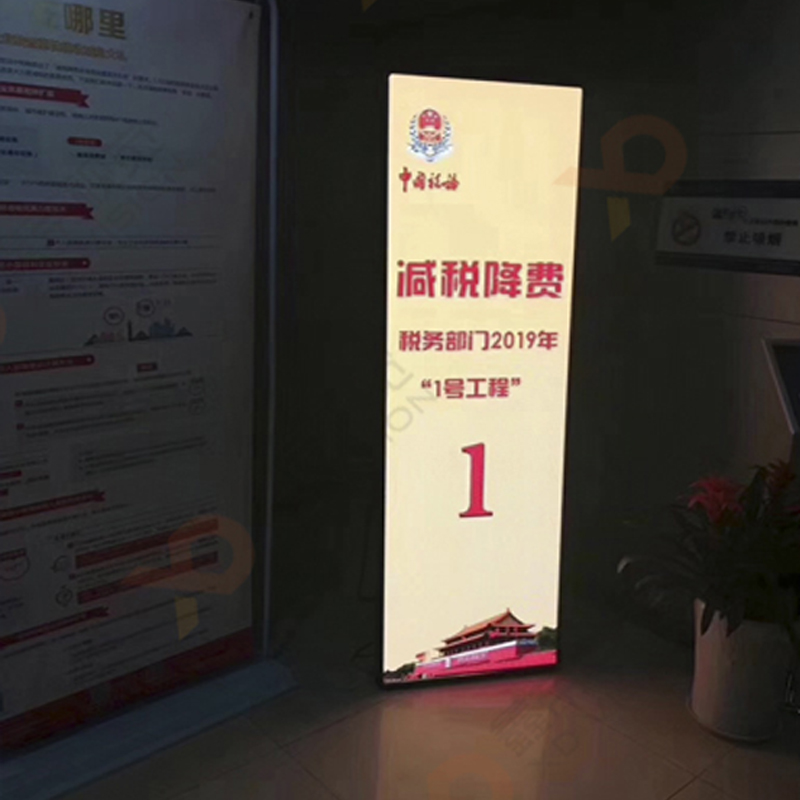As the brightness of the unit continues to increase, LEDs are becoming more and more widely used in the field of lighting. In order to continuously increase the brightness of the LED, it is inevitable to increase the area and power of the single epichip, but this also causes high heat generation.
Before the ceramic package was popularized, the K1 package form proposed by Lumileds has become a well-known product in the field of 1W (or above) led. However, as the market demands for product characteristics, the packaging factory continues to improve its own products. The introduction of a ceramic package method using a thin film flat ceramic substrate (DPC Ceramic Substrate) plus molding directly to make an optical lens makes the high power LED package product have another option. However, the actual product verification in recent years has caused international manufacturers to move closer to the direction of ceramic packaging. The reasons for this are worthy of careful consideration.
The biggest difference between K1 and ceramic packaging is the concept of design:
The biggest advantage of K1 is that it has a metal reflector structure, which makes the back light efficiency of led LED chip fully applicable. However, the material in the structure of K1 has a large difference in thermal expansion coefficient between each other, such as plastic and metal, lens and lead frame, etc. Under the long-term high-power cyclic load, a gap may be generated between the material interfaces to allow water to enter. Especially in outdoor lighting applications, the use of more complex environments, temperature differences, water and gas, as well as various gases brought about by environmental pollution, such as sulfur, etc., have made K1's reliability more challenging.
The design focus of ceramic packaging is to focus on reliability. Using the high thermal conductivity of ceramics and metals, the heat generated by high power is quickly exported to the outside of the package. In addition, the difference in thermal expansion coefficient between ceramic and metal, or ceramic and primary optical polymer (silica gel) is small, which reduces the risk of thermal stress between materials. In addition, the primary optical silica gel is made by the molding process, and the whole ceramic substrate is integrally formed and covered, which has both optical and protective effects, so that the reliability of the ceramic package is much higher than that of K1. Of course, the ceramic package uses a thin film flat ceramic. The backlight of the epitaxial chip can only be reflected by a planar metal, so the light use efficiency is lower than that of K1, but the effect of the two is lower due to the lower body temperature of the ceramic package. In summary, the difference in overall luminous efficiency between the two is not obvious.
As for the comparison of production efficiency or other characteristics, as shown in Figure 1. As the ceramic packaging process continues to improve, the trend of K1 being replaced by ceramics seems to be becoming more and more obvious.
Figure 1 Comprehensive comparison of K1 and 3535 ceramic substrate package products
This series is a professional advertising LED Screen for classic indoor use. Small in size, it is convenient to be placed in shops, cafes, clothing stores, restaurants and many other places. Easy to operate. Wifi connect and controlled by mobile App, USB to play video or display pictures. Cabinet with wheels, easy moveable. Regular size around 640*1920mm in Poster LED Display, it will be a very good choice for advertising screen for all shops. It can be customized to ourdoot types or different sizes.

Waterproof Led Display Screen Wall,Led Display Advertising,Led Display Advertising Billboards,Full Color Led Display
Guangzhou Cheng Wen Photoelectric Technology Co., Ltd. , https://www.leddisplaycw.com
